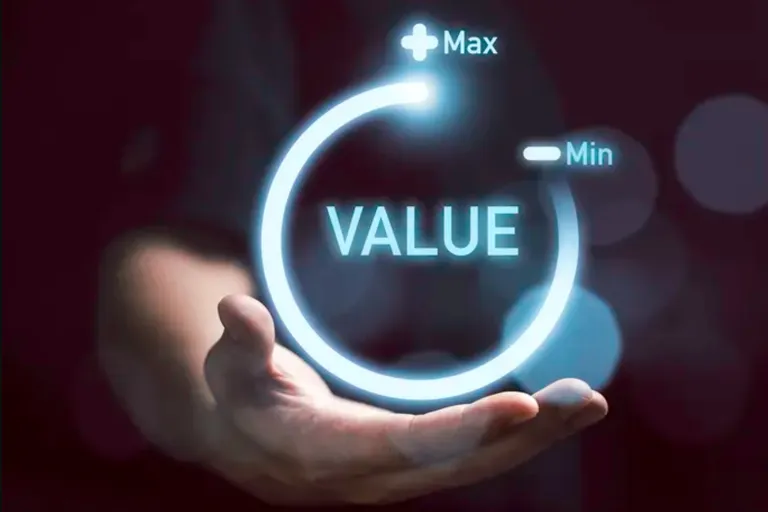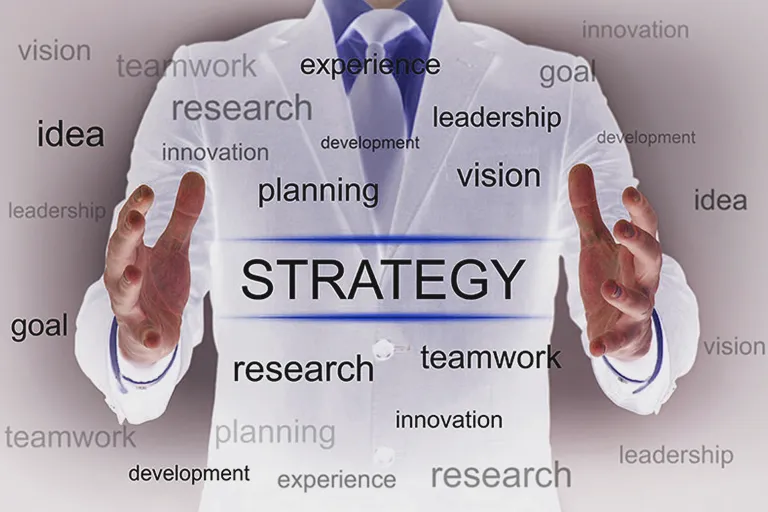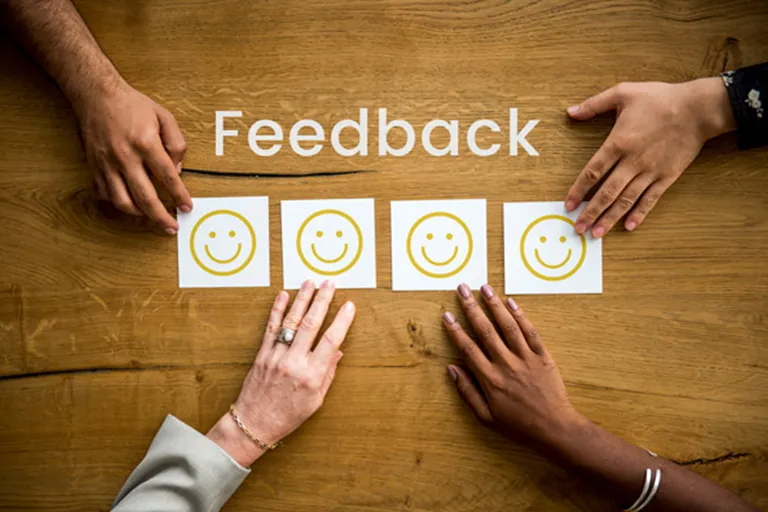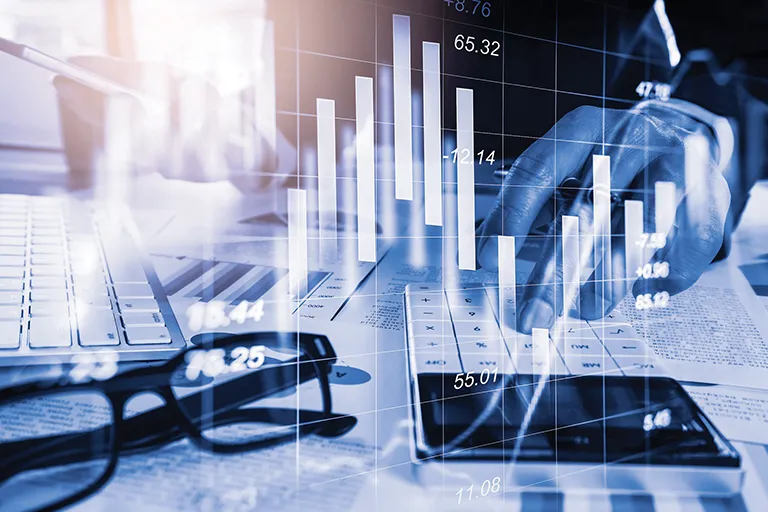The discussion of control in management and organization and the establishment of control systems is one of the basic discussions in management.
Control is so important and vital in management that in the very first years of the introduction of scientific management by people like Taylor and Fayol, this discussion was also raised as one of the roles of management.
Still, those who study management should remember the main duties of a manager including planning, organizing, directing and leading and of course control in the first days of their education and list them for various reasons.
The concept of control in management
Control is a systematic effort by business managers to measure performance against predetermined standards, plans, and goals.
Based on this, it should be determined whether the performance and output are in accordance with the expectations or not.
Naturally, if it is determined that each of the organization’s resources can be used in a more effective and efficient way to achieve the goals, the task of the management control system will be to take corrective measures to increase the effectiveness and efficiency of the resources.
The difference between control in management and control in everyday conversations
Before trying to define control in management and organization and types of control, it is necessary to emphasize what things and what actions are not considered control.
After entering the Persian language, the word “control” has mostly had a negative connotation and is associated with concepts such as limiting, restraining and trying to put restrictions on the behavior of others.
But the meaning of control in organization management is completely different and does not have a negative charge at all.
It can be said that one of the first definitions of control in management was provided by Henri Fayol (one of the founders of scientific management):
“Control means constant monitoring of an activity. Constant monitoring is done with the aim of making sure that everything is being implemented and progressing according to the per-determined plan. Control also includes review and correction that whenever the output does not match the program, corrective actions must be taken in the process or in the program.
The difference between control, supervision and monitoring in the organization
The three terms control and monitoring are sometimes used as synonyms.
Of course, it is not necessarily wrong to assume that these three terms are synonymous in everyday conversations and even texts related to public administration. But it is important to pay attention to the difference between these terms in the specialized discussions of management and control and use them more carefully so as not to cause misunderstandings.
In the following, I will provide a brief explanation about each of these three terms (the difference between monitoring and control is more important and you should take it more seriously, because it often happens that different people assume these two concepts are completely the same).
Supervision
Surveillance is a very general term and its meaning can vary depending on the context of the conversation.
For example, when a worker is busy cleaning the house, you might ask someone to supervise his work. In such a case, it is not very clear what the criteria and standards are and you can share your views and expectations with the worker in a tasteful way.
But in the organizational form, supervision is usually a broader concept, and when a person or an organization supervises an individual or a group or an organization, it has the right to ask for a report from the supervised group and their performance – based on subjective or transparent criteria. Defined – review (what happens in cases of default and what powers the monitor has varies from case to case).
In general, the definition of supervision and its meaning depends on who applies it where and what duties and powers are considered for the supervisor.
monitoring
In monitoring, the criteria are more objective and the process is clearly defined.
Usually, one or more indicators are defined and the opportunity and measurement tools are provided.
General standards and frameworks are also defined.
In this situation, the person or organization responsible for monitoring will announce this issue whenever the indicators go out of the allowed range and there is a deviation from the desired path.
The task of the person or institution responsible for monitoring is usually limited to informing and does not have more executive power. for example:
- A unit that is responsible for checking the arrival and departure times of a company’s employees and reporting delays and absences.
- An organization that measures and reports pollutants in the air.
control
The process of control is bigger and more comprehensive than supervision and monitoring; Because it is not limited to monitoring and evaluation.
The person or department or organization to which the control responsibility is assigned, defines the indicators, standards and goals.
Then, at the same time as monitoring and monitoring the existing situation, after observing the deviation from the goals and standards, corrective action should be defined and implemented and the result of the corrective actions should be checked and monitored.
Corrective action may include adjusting goals and standards, or defining, modifying, and improving methods and processes.
If you look at the two definitions of control at the beginning of the article, you will see that in both definitions, action and correction, along with monitoring and measurement, are mentioned and considered as part of the control steps.
Learning management control
Anyone who has some kind of management activity should at least be familiar with the basics of control; Because control is one of the bases and principles of management.
A person who runs a small supermarket or a manager who runs an organization of several thousand people, both need management control systems.
Of course, it is clear that the monitoring and control tools and mechanisms in large organizations are not necessarily the same as the control methods and mechanisms in small businesses, and the size of the organization plays an important role in the design of the control system.
Management control systems are useful even in managing individual lives.
In our personal life, we have various resources (such as money, time, energy) that we allocate to different activities, and we must regularly control our plans to make sure that our resources are allocated and spent correctly.
Any form of management activity requires control. Control is a pervasive activity and we cannot claim to be in control of the situation without control. The only difference between control systems is in their examples and tools.
Indicators are one of the important elements of control systems
It is said that the distance between a literary speech and a management report arises when indicators that can be measured and evaluated are presented.
A manager who says: “We have always paid attention to our human capital”, is simply expressing a beautiful literary sentence; But if he can announce the criteria and specify on what basis he believes that he has paid attention to human capital, his words will practically be closer to a management report.
Incidentally, one of the important functions of management control systems is that it provides multiple objective and numerical indicators to managers.
Of course, many of us probably remember Einstein’s famous sentence about the relationship between the possibility of measuring an indicator and the importance of that indicator:
But on the other hand, we know that such a belief cannot be used as an excuse to escape from measurement and control in personal life and work environment.
Application of control systems
Control is one of the main foundations in strategic management. When we talk about strategy, not everything is summed up in planning and executing strategy . Rather, the process of monitoring and corrective actions should be defined precisely. It is strategic control that completes the strategic management loop.
In system thinking using control concepts, we learn to never pay attention to one or two factors independently in a system and measure the state of a system with multiple and varied indicators. By doing this, we will know sooner if our solutions in one part of the system adversely affect other parts of the system.
Part of the goal of human resource management is actually to establish an effective control system to ensure the satisfaction and growth of group colleagues in the long term while maintaining the productivity of the organization.
Even for someone who has a Telegram channel or Instagram account or works in any way in the field of digital marketing and his concern is content strategy and content marketing, he needs to define a control system and be bound to it so that he can use resources in Get the best output available.













